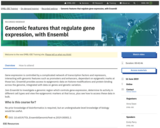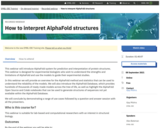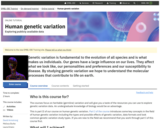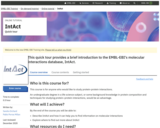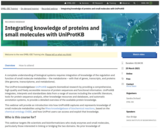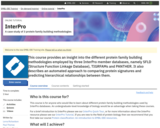A complete understanding of biological systems requires integration of knowledge of the regulation and function of small molecule metabolites – the metabolome – with that of genes, transcripts, and proteins (the genome, transcriptome, and metabolome).
The UniProt knowledgebase UniProtKB supports biomedical research by providing a comprehensive, high quality and freely accessible resource of protein sequences and functional information. UniProtKB integrates, interprets and standardizes data from a range of sources including the scientific literature, tools for protein sequence analysis, other knowledge resources and databases, and automatic annotation systems, to provide a detailed overview of the available protein knowledge.
This webinar will provide an introduction into how UniProtKB captures and represents knowledge of small molecule metabolites using the Rhea knowledgebase of biochemical reactions, based on the chemical ontology ChEBI, and how UniProt users can access and exploit that knowledge.
Who is this course for?
This webinar targets life scientists and bioinformaticians who study enzymes and small molecules, particularly those interested in linking or bridging the two domains. No prior knowledge of bioinformatics or cheminformatics is required, but an undergraduate level knowledge of biology/ biochemistry would be useful.
Outcomes
By the end of the webinar you will be able to:
Describe how UniProt annotates enzyme and transporter function, and where the data comes from
Find and retrieve information about specific enzymes, transporters and the metabolites on which they act, by searching UniProtKB using text, chemical structures, and chemical classifications
Help us develop the representation of small molecule data in UniProtKB by providing valuable feedback





